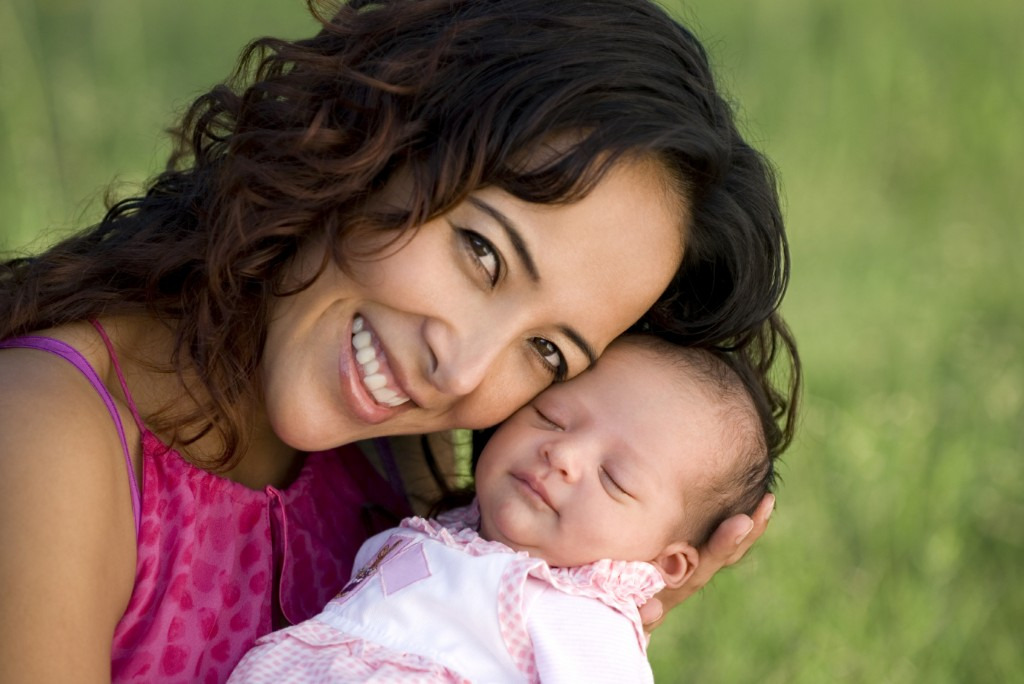
Cleft means ‘split’ or ‘separation’. During early pregnancy, different areas of the face develop individually and then join together. The lip usually closes by 5 to 6 weeks after conception, and the palate by 10 weeks. The improper joining of parts may result in cleft. The cleft may vary in both type and severity and studies reveal that 1 of every 700 newborns is affected by cleft lip and/or cleft palate.
An opening in the upper lip between the mouth and nose, which occurs due to improper fusion of parts can be regarded as cleft lip. It can be ranged from a slight notch in the colored portion of the lip to that of the complete separation either in one or both sides of the lip extending up to the nose. A cleft on one side can be referred to as unilateral cleft whereas, when cleft occurs on both sides it is called a bilateral cleft.
A cleft lip separation include the separation of the bones of the upper jaw and/or upper gum which ranges from a small notch in the gum to a complete division of the gum into separate parts.
An opening in the roof of the mouth in which the two sides of the palate did not fuse are regarded as cleft palate. The palate towards the throat (back) is called the soft palate and towards the mouth (front) it is known as the hard palate. It can range from just an opening at the back of the soft palate to a nearly complete separation of the roof of the mouth either soft or hard palate.
Even though the complete understanding of why cleft lips and cleft palates occur is unknown, they may be in association with a combination of genetic and environment factors. Genetic risk factors depends on the number of affected people in a family, the closeness of affected relatives, and also the severity of the clefts. Keep in mind that sometimes a baby will be born with a cleft without anyone else in the family having one.
Cleft lips and cleft palates are usually treated through a combination of surgery, orthodontic and dental care. This continuum of care provided by interdisciplinary cleft palate and craniofacial healthcare providers are focused on complete rehabilitation. Speech therapy often form a complementary part of this continuum of care.
Apart from the severity, your baby will be able to receive all benefits of breastfeeding with some adjustments to methods and positioning. Every mom is concerned that her baby will get enough nutrition for growth and development, and the bonding with her baby will get quite stronger. A team of lactation consultants, craniofacial specialists, & speech pathologists to provide education, support, equipment and resources will monitor and help you and your baby enjoy a positive breastfeeding experience. Your baby will be able to wean, enjoy new foods, and speak at the normal stages of development.
It is the most powerful creation to have life growing inside of you.There is no bigger gift